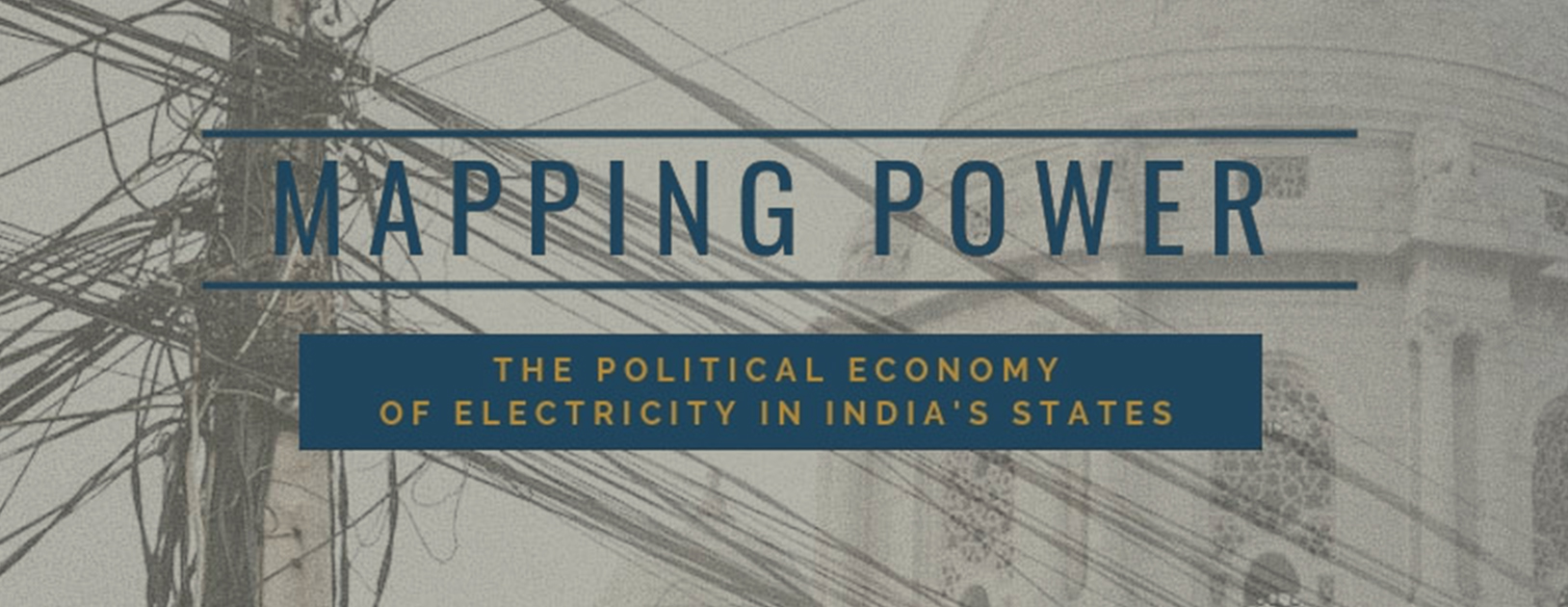In the last week, Jharkhand’s state government inaugurated its first fleet of electric cars for official government use. Launched with much fanfare and coverage, the chief minister, energy secretary, and JBVNL (the state’s main discom) MD were all in attendance at an event in which Ranchi joined the ‘energy revolution’. Yet the installation of charging stations around JBVNL offices and the procurement of electric vehicles is a strange ambition for a city which is still plagued by regular power cuts, even in some of its most affluent neighbourhoods. In a state where almost half of all households are still without power, this event is yet another public relations exercise overshadowing the state’s more fundamental energy problems. Jharkhand’s power problems originate from three key areas: financial distress, capacity problems and out-of-state conflicts.
Jharkhand has had a history of low tariffs, high technical and commercial losses, and high external dependency due to a lack of in-state generation. Almost seventy percent of JBVNL’s power purchase costs come from Central generators, or entities like the Damodar Valley Corporation (DVC). From the latter, the cost of power tends to be unusually high, accounting for a large portion of JBVNL and the Energy Department’s overall expenditure. While the PPAs with DVC will expire in a few years, for now JBVNL has been stuck with both high-power procurement costs and major problems in recovering dues and preventing theft. A severe shortage of working capital over the last decade has led to the state’s discom frequently defaulting on or delaying dues to generators; it is barely capable of maintaining manpower, procurement pipelines and the existing grid infrastructure.
In the last six months, the JSERC approved major increases (between Rs. 1.90-3.15) in retail tariffs across almost all categories of domestic and commercial consumers, both rural and urban. In a departure from almost a decade of JSERC rulings, the most recent tariff orders sweepingly simplified JBVNL’s existing tariff schedule and also declared its intent to eventually dispense with the massive cross-subsidies that had been in place from industry to domestic and agricultural consumers. Not surprisingly, the government soon stepped in with a large financial compensation package to JBVNL so that rural customers would be minimally affected by these hikes. While this is a commendable move towards improving the financial situation of the JBVNL, much like the previous UDAY scheme all it really does is move liabilities from the discom to the state government; a temporary bandage as opposed to the deep surgery needed to fix the state’s power problems.
The crisis in the state’s electricity bureaucracy is just as worrying. Despite the many promises made to the Central government associated with UDAY, accusations of meter tampering, graft, and preferential treatment in the granting of industrial power connections are rife among the state’s power bureaucracy. Not long ago, an open and shut case of industrial power theft was dismissed in the Ranchi High Court because JBVNL engineers failed to collect sufficient evidence, leading to the discom MD admitting that “[O]ur engineers lack proper training and skills to gather evidence to prove industrial power thefts. This combined with the rapid spread of subcontracting for many basic functions has left the state discom with little credibility of actually accomplishing the grandiose expectations of the Central government’s electrification schemes before the next election.
To be fair, the state’s discom has not been the sole cause of electricity problems in Jharkhand. Because of the language of the DVC Act, 1948, the DVC is responsible for power supply to seven districts in Jharkhand for more than 11 million residents. Because of the protracted financial disputes with Jharkhand leading to the withholding of power, and its underinvestment in distribution infrastructure, the DVC was recently hauled up by the National Human Rights Commission for failing to perform its statutory duty in those seven districts. Such overlapping jurisdictions and the inability for the state government and its politicians to resolve these disputes over the last decade and a half has meant that much of Jharkhand is still very far from the utopian vision of Power for All.
Unless Jharkhand is able to shed (or renegotiate) its legacy contracts, complete its within state generation projects, and generate some reserves of working capital for JBVNL, it is difficult to see the light at the end of the tunnel. Until then, selling dreams of electric cars seems like a cruel joke to the tens of millions of citizens who watch the car zooming by at speed, ignoring them as they are left in the dark.
Rohit Chandra recently completed his doctorate at the Harvard Kennedy School. His work focuses on state capitalism and energy policy, and he is currently writing a book on India’s coal industry. This research is based on work presented in full in the book Mapping Power, edited by Navroz K Dubash, Sunila S Kale, and Ranjit Bharvirkar.
Op-Eds in the Mapping Power Series:
- Reform is All About Getting the Politics Right
- How to Reform Uttar Pradesh’s Troubled Power Sector
- Consumers Upfront in Tale of Two Reforms in Andhra
- Taking Two Steps Forward, One Step Back
- Karnataka’s Power Politics
- AAP and the Politics of Power in Delhi
- New Trends Demand New Strategies in Maharashtra
- The Story Behind Uttarakhand’s A+ Performing Discom
- Electricity Distribution in Gujarat: A Sustainable Energy Future Roadmap?
- Power Politics at Play
- The Saga of the Subsidy Trap in the Tamil Nadu Power Sector
More details about the Mapping Power Project can be accessed here.


